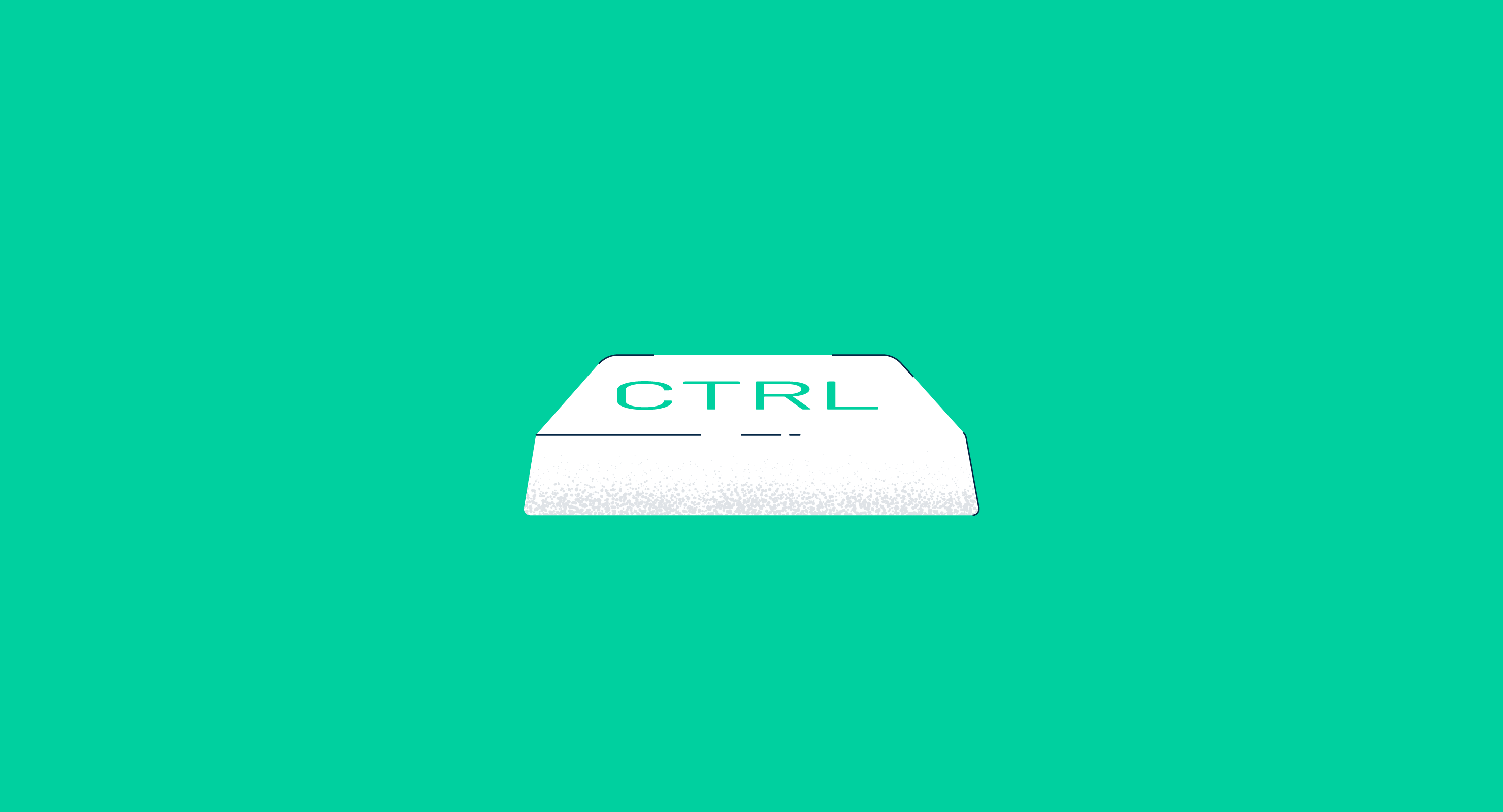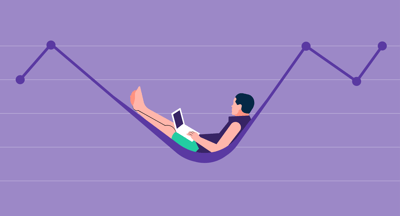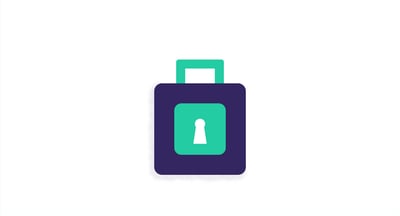October 19, 2023
 by Mara Calvello
by Mara Calvello

 Cut costs, not corners!
Cut costs, not corners!
Take advantage of G2 Track and optimize your software spending today.
Laptop repairs, WiFi resetting, and password recovery: is that all the IT department does?
Not even close.
In reality, it’s a lot more than that. Data breaches and cyberattacks are common threats to the modern business landscape. Effective IT management strategies can safeguard an organization against such attacks. When confronting the challenges of an economic downturn, businesses that want to stay competitive in the long run must learn to integrate IT management tools into their business operations effectively and responsibly.
IT management is the process of overseeing the IT operations, resources, and infrastructure of an organization. It ensures that technology is effectively utilized across the organization and all IT assets are aligned with the business strategy.
Those working in information technology (IT) incorporate the policies, practices, and procedures that are needed to manage the maintenance and usage of hardware, software, and networks -- no matter the industry or business environment.
If you want to align your business goals with the technology being used, you need to make IT management a priority. When you do, you’ll soon see that there many benefits to utilizing IT management.
IT lies at the core of almost all business activities. From automation to data processing, IT managers are responsible for supporting several new avenues in today's business landscape that were previously unimaginable due to a lack of resources and expertise.
IT management also ensures that a business's information technologies are secure, optimized, and performing efficiently. IT departments provide quality service to all employees, no matter what sort of tech-related issue they’re experiencing, and enable all departments and teams to work as efficiently as possible.
Any organization can become vulnerable when dealing with systems that underperform or run into technical failures. If your network were to go down or if your company experiences a data breach or malware attack, it can equate to a huge risk, not to mention result in a massive loss of profit if the data center were to be compromised.
IT management keeps those vulnerabilities in check to manage risk without impacting the day-to-day operations. With the right IT management system in place, your company data will be protected to ensure business continuity.
IT management teams are known for implementing automation tools to reduce unnecessary workloads and enhance growth across teams. They innovate with the latest technologies like machine learning and chatbots to revolutionize the way a business offers services.
With a solid IT management team or process, businesses can reduce costs. From streamlining operations and resource allocation to optimizing the IT infrastructure of an organization, IT management implements many strategic ways that allow companies to survive cost-cutting seasons. For instance, a well-built-out strategy means you can effectively eliminate any instances of shadow IT.
We asked Garrett Cook, former Information Security and IT Manager at G2, how G2 Track makes his day easier. He said:
Garrett Cook
Information Security and IT Manager at G2
He continued, "It can also find out how our end-users feel about the software tools we already have."
IT management also improves data management by making it easier for employees to collaborate, transfer data, and store and protect confidential company data and other personal information.
Many Chief Information Officers (CIOs) expect to shift from maintenance and management to higher-value, strategic activities. Effective IT management enables this by aligning with the organization's strategic goals, fostering innovation, managing risks, and allocating resources effectively across the board.
Depending on the needs and organizational structure, IT management can be broken down into several key components, like:
Each of these components plays a crucial role in ensuring that IT departments function efficiently and align with the organization’s business objectives. With G2 Track, you can monitor all components of your IT management system on one platform, providing full visibility into different processes.
There are several key features of effective IT management that play a crucial role in enhancing the efficiency and effectiveness of IT operations. Here’s a brief overview:
Analytics refers to the systematic evaluation of different data points to collect insights into various systems and make informed decisions. IT management involves collecting and processing data from sources like applications and user interactions to identify the root causes of service impacts, predict outages, and lead to greater efficiency.
Cloud computing delivers on-demand computing services like storage and networking over the internet. It offers scalability, improved collaborations, data security, and recovery services across the organization. This feature results in improved efficiencies and reduced infrastructure costs across the departments.
Artificial intelligence and cognitive computing use machine learning and deep learning to automate tasks, detect anomalies, and predict downtime to help IT managers deliver better services. It also uses natural language processing (NLP) to implement AI-based chatbots and virtual assistants for resolving technical issues faced by users.
IoT devices and sensors are connected to the internet and exchange data. These platforms help in collecting and analyzing system data and proactively resolve any issues to improve productivity. They allow functions like remote monitoring of equipment, data collection in real time, process optimization, and improving data security through encryption and authentication.
These features, when properly implemented and managed, can greatly enhance the effectiveness of IT management strategies.
Whether your company is large or small, a start-up or a multi-million dollar business, the role of your IT manager or CIO is crucial to the success of your business and the daily work of your employees. The main goal of an IT manager is to monitor and control all IT systems and the IT infrastructure to ensure they’re always available and reliable.
Some general responsibility of IT managers and their team includes:
It’s clear that IT managers and professionals within the information technology management field need to have subject matter expertise on all things tech, but they should also have a solid understanding of what goes into business operations. It’s up to them to ensure that the business and its employees are using technology in a way that supports all aspects of the company and its goals.
At the end of the day, the IT leaders at your business will be the problem solvers as your business implements new technologies and systems within its network.
Overseeing current IT projects and operations will always be part of IT management. However, Chief Information Officers (CIOs) or Chief Technology Officers (CTOs) in the modern office will need to know how to use technology in new and innovative ways to ensure their company can keep up with rapid growth and change.
That’s where a SaaS management tool like G2 Track can make a big difference.
It’s often the role of the IT department to have a full and comprehensive look at what software is within the company’s tech stack and how much is being spent on each tool. A SaaS system of record like G2 Track does this for you. With an easy to read dashboard, you can manage software spend, contracts, and account usage all in one place.
It’s also a great way to see overlap in spending and software tools. For instance, do you have various teams within your company using and paying for different expense management tools? G2 Track will point this out, showing you a potential savings opportunity.
G2 Track allows your IT directors a complete analysis of employees, products, and spend by department, making it simple to identify opportunities to reduce spending. It’s also easier to understand all contracts and software renewals, ensuring full transparency regarding contract dates, owners, and spend, so you never miss another milestone.
A new way that G2 Track can make IT management even better is with its user sentiment data. With this data, IT professionals can effectively identify weak spots in the way a tool is being used or determine if it’s time to look for an alternative tool.
These surveys can provide feedback from employees, which in turn answers questions like:
Essentially, G2 Track is able to check multiple boxes for your company’s IT leaders or IT department as a whole, meaning they have more time to focus on the day-to-day tasks that are necessary for your business to run as effectively as possible.
Your company’s IT department is constantly putting out fires and solving problems that arise daily. As the digital age rapidly scales, their role and the list of responsibilities will be evolving as we continue to rely heavily on different forms of technology.
Thankfully, G2 Track makes knowing the ins and outs of your company’s tech stack that much easier.
Looking for more ways to save money? Take advantage of our free demo and audit your software costs and license usage with a customized savings report.
Mara Calvello is a Content and Communications Manager at G2. She received her Bachelor of Arts degree from Elmhurst College (now Elmhurst University). Mara writes content highlighting G2 newsroom events and customer marketing case studies, while also focusing on social media and communications for G2. She previously wrote content to support our G2 Tea newsletter, as well as categories on artificial intelligence, natural language understanding (NLU), AI code generation, synthetic data, and more. In her spare time, she's out exploring with her rescue dog Zeke or enjoying a good book.
 Cut costs, not corners!
Cut costs, not corners!
Take advantage of G2 Track and optimize your software spending today.
You can’t make the right software purchase decisions, meet license compliance requirements,...
 by Mara Calvello
by Mara Calvello
Software glitches: productivity's worst enemy.
 by Mara Calvello
by Mara Calvello
There once was a time when the IT department of a company had total control over the...
 by Mara Calvello
by Mara Calvello
You can’t make the right software purchase decisions, meet license compliance requirements,...
 by Mara Calvello
by Mara Calvello
Software glitches: productivity's worst enemy.
 by Mara Calvello
by Mara Calvello


